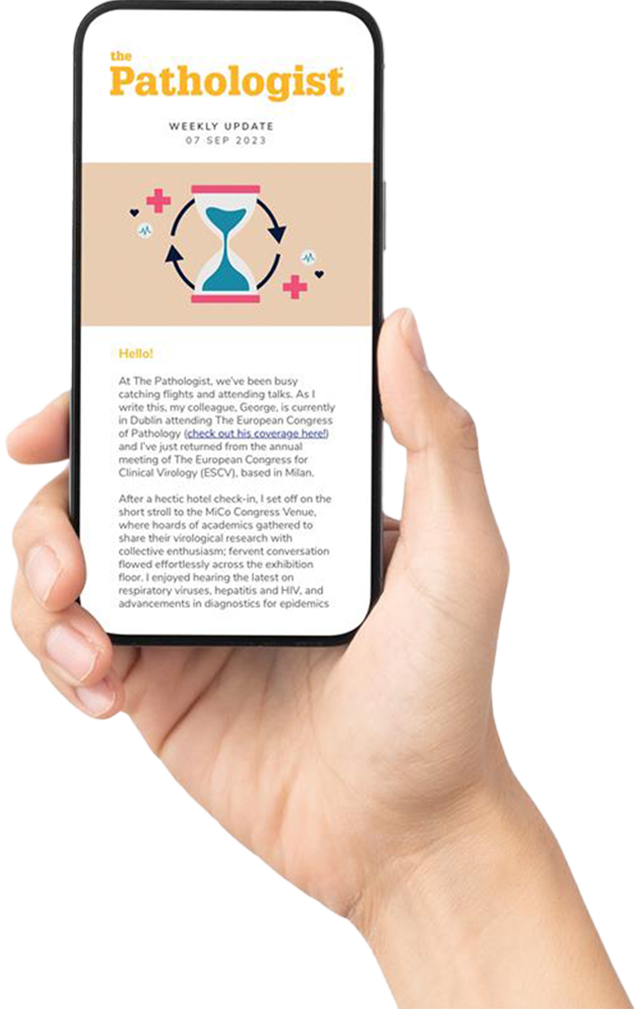The words “drug testing” perhaps call to mind on-the-spot requests – from “fill the cup” to high-speed blood draws from unconscious patients suspected of an overdose. Few people, upon hearing those words, picture a dignified or noninvasive situation – but that’s exactly what a new fingerprint drug screening test hopes to provide.
How does it work? The patient presses a finger to a small cartridge, which collects sweat samples in under one minute and screens them for methadone and buprenorphine in under 10 minutes. The cartridge can also test for other opiates and benzodiazepines. Testing can be conducted anywhere – from the community to the emergency room – without waiting for samples, and without overloading already busy laboratories.
Why test for methadone and buprenorphine? These drugs are commonly used to assist with recovery from addiction, and many providers find a combined screening tool valuable. By providing a tool that can screen for not only these drugs, but also some of the most common substances of abuse, the new cartridge offers a simple and comprehensive solution.
Vicki Markiewicz, Director of Change, Grow, Live – a substance misuse and criminal justice intervention charity – said in a recent press release (1), “As an early adopter of fingerprint-based testing, we already know that the process is easy and dignified. Now, with the addition of the new drug treatment screening test, we can not only test for drugs to establish adherence to treatment regimes, but also ensure safety in prescribing substitute opioids by testing our service users for drugs that may impact on the safety of prescribing regimes.”

References
- Intelligent Fingerprinting, “New fingerprint-based drug test for drug rehabilitation provides a more dignified and convenient way to help clients overcome drug abuse and addiction” (2019). Available at: https://bit.ly/2LKx1Qk. Accessed September 3, 2019.




